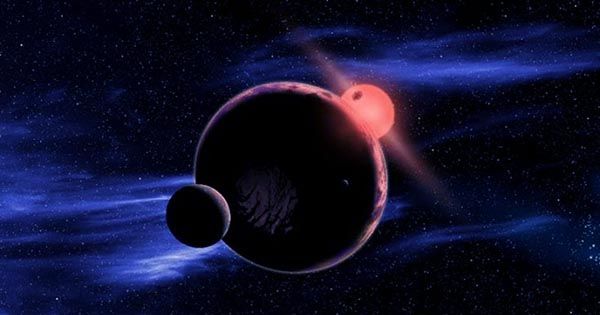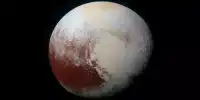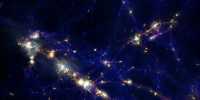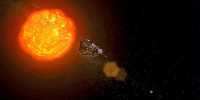In a massive “screw you” to Pluto, the ex-planet now downgraded to a minor planet, we may be on the verge of discovering Planet Nine – assuming it even exists. It’s not as simple as looking up at the sky and observing a large blob to discover a planet. It used to be like that when Mars was discovered in Ancient Egypt and China. However, because space is vast and planets are minuscule in contrast, the planetary finding has become increasingly difficult since then (and also quite far away).
The transit method is used to find planets orbiting other stars. We detect a drop in brightness when a planet passes by a star we’re watching: bang, a planet discovered. Except for Mercury and Venus, planets in our own solar system aren’t as helpful. We will not be able to discover Planet Nine in this manner unless it takes a trip to the core of the Solar System.
It is feasible to determine where a planet or other body should be by examining the impact of a planet on other bodies (if it exists).
This isn’t a hypothetical scenario; it’s how Neptune was discovered. The Newtonian theory of gravity predicted that Uranus (get up) would move in unanticipated ways. There was a mismatch between the observed orbit of Uranus and the way Newtonian physics expected its orbit to be, notwithstanding the tiny differences.
Urbain Le Verrier, an astronomer, and mathematician sat down in 1846 to try to figure out what was causing the disparity and made exact predictions about where the planet should be. He was pleased with himself for completing the entirely mathematical exercise and delegated the task of double-checking his work to someone else.
He certainly was. Gottfried Galle looked at the area where Le Verrier predicted the planet would be on September 23, 1846, and located Neptune within one degree of the projected location.
In a similar vein, astronomers have speculated for decades about the existence of a Planet Nine, far beyond Neptune, based on the way objects cluster in the Kuiper belt, almost as if a gigantic body were pulling at them and causing their orbits to be messed up.
Despite this, all of our attempts to find and monitor the alleged planet have (so far) failed, with recent research suggesting that evidence for the planet could be due to selection bias. Professor Mike Brown and Professor Konstantin Batygin’s first clustering of objects appeared clumped mainly because they examined a tiny section of the sky for a short time during a specific time of the year, according to research conducted by Kevin Napier of the University of Michigan.













